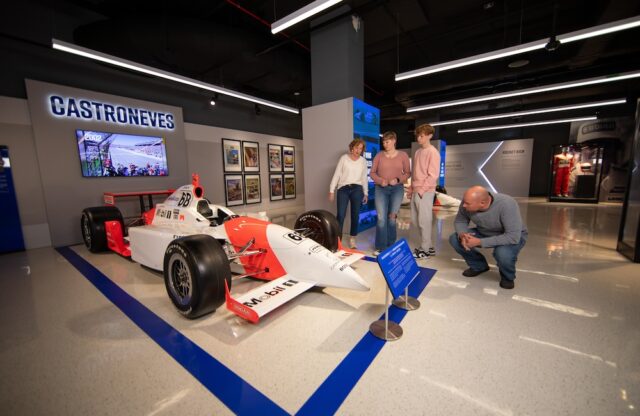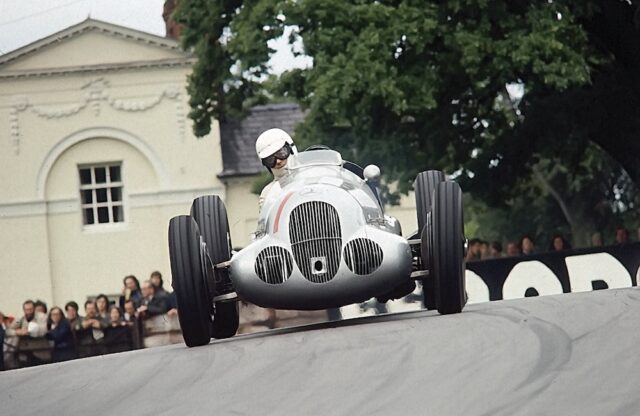WORDS: ELLIOTT HUGHES | PHOTOGRAPHY: WIKIMEDIA COMMONS
Ever been curious about the origins of the emblems that adorn the bonnets of millions of cars across the globe? Ranging from bold and simple to heraldic and complex, there are hundreds to choose from – and the stories behind them are fascinating. Here are ten of our favourites.
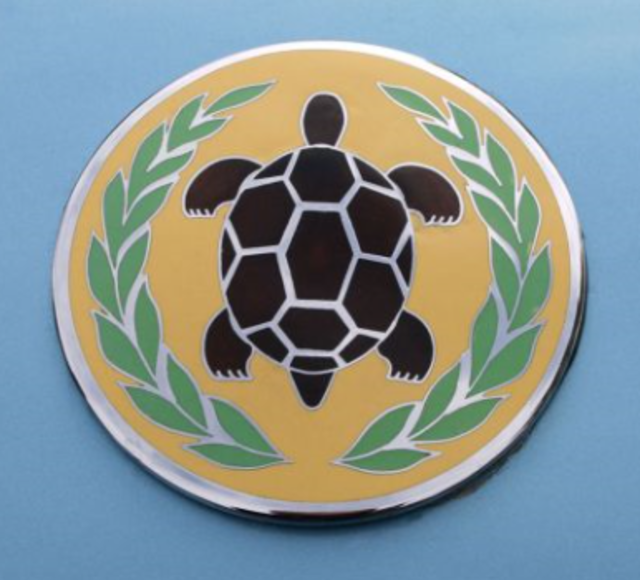
Gordon-Keeble
Britain’s Gordon-Keeble was one of the fastest four-seater cars in the world when it was launched in 1964, but the car and marque are arguably best known for the charming story behind its ironic tortoise badge.
The model was born from what would have been the Peerless GT in 1960, and the story goes that a pet tortoise sauntered onto the set of the inaugural photoshoot of the Giugiaro-designed car.
One of the engineers then thought it would be amusing to place the lost reptile on the car’s bonnet, after which it proceeded to relieve itself on the new car. Thus, a tortoise set on a yellow background was humorously chosen as the Gordon-Keeble emblem. Just 100 cars were produced, and 90 are believed to be extant.
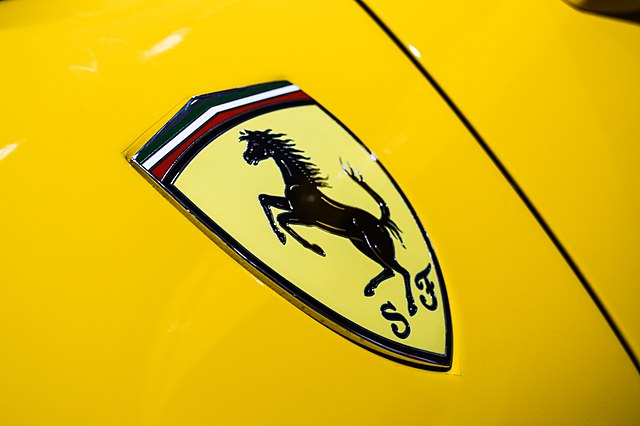
Ferrari
As arguably the most iconic emblem in the world, the story behind Ferrari’s Cavallino Rampante is suitably mythical. According to Ferrari, Il Commendatore took the Prancing Horse motif from the red horse painted on the fuselage of ace pilot Count Francesco Baracca’s World War One fighter plane.
Enzo’s inspiration for the logo came in 1923 following a meeting with the late pilot’s mother Countess Paolina, who said: “Ferrari, put my son’s prancing horse on your cars. It will bring you good luck.”
Enzo obliged, but set the horse in black rather than red as a symbol of mourning for the fallen pilot. Modena’s canary yellow was added as the background colour, the Italian Tricolore was draped across the top and an italicised ‘SF’ for Scuderia Ferrari was set at the stallion’s feet. The result? One of the most evocative emblems ever created.
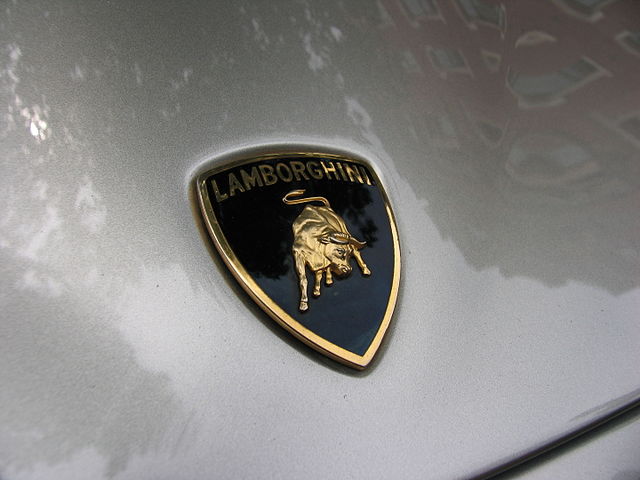
Lamborghini
Although the Raging Bull perfectly captures the aggressive nature of Lamborghini cars, the motives for its selection have more to do with Ferruccio Lamborghini himself.
The first is that Ferruccio’s April 28 birthday makes him a Taurus – the zodiac sign of the bull. Lamborghini also had a personal passion for bullfighting and was known to enjoy attending such events. This also explains why Lamborghini models are often named after famous fighting bulls.
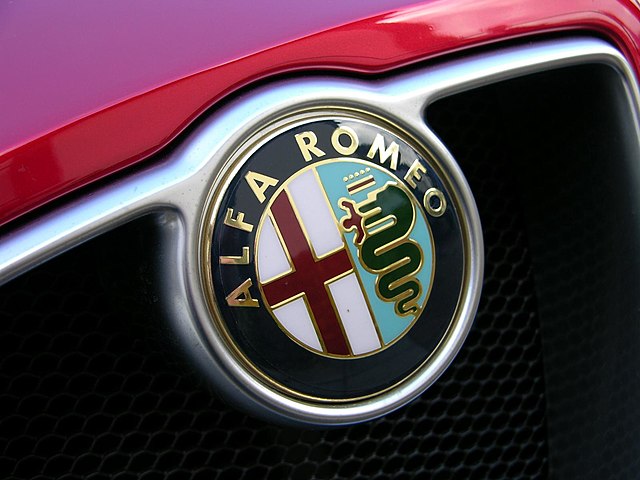
Alfa Romeo
The Alfa Romeo badge is one of the oldest-surviving automotive emblems and is also one of the strangest. It came about when draughtsman Romano Cattaneo saw an Italian heraldic crest above the door of Castello Sforzesco in Milan while waiting for a tram. The left side of the emblem features a red cross over a white background – a symbol worn by Milanese soldiers during the Crusades.
The right-hand side of the emblem is more curious, because it depicts a serpent devouring a man. There are many theories behind its meaning, although it is linked to Ottone Visconti, a Milanese knight who fought in the Crusades and allegedly took the man-eating serpent motif from the shield of a defeated Saracen. For its part, Alfa Romeo insists that the man is being reborn rather than eaten alive.

Rolls-Royce
Renowned sculptor Charles Sykes was commissioned at the end of the 1910s when Rolls-Royce decided it needed a standardised bonnet mascot that reflected its values and reputation.
Sykes decided to base the new mascot on a previous sculpture, The Whisper, which he had already completed for Rolls-Royce customer Lord Montagu of Beaulieu in 1909. Both The Spirit of Ecstasy and The Whisper were based upon the likeness of actress Eleanor Thornton, who also happened to be Lord Montagu’s mistress.
Eleanor was killed in 1915 when a German U-boat torpedoed the SS Persia, which was carrying her and Montagu across the Mediterranean – just four years after The Spirit of Ecstasy was registered as Rolls-Royce’s intellectual property. Montagu survived the attack thanks to a Gieve inflatable waistcoat recommended by his cousin Admiral Mark Kerr.
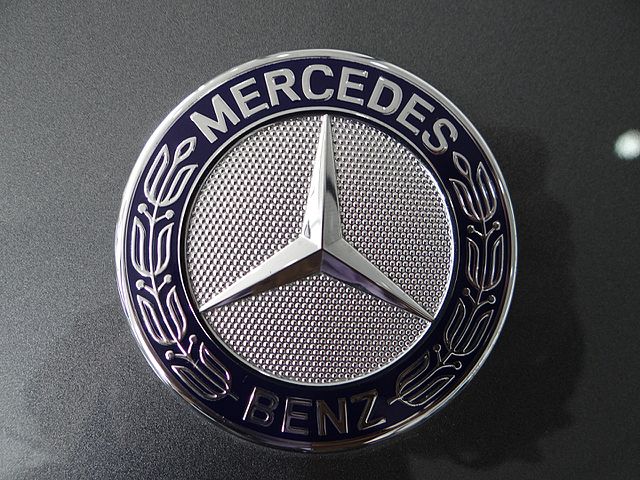
Mercedes-Benz
The Three-Pointed Star transcends the automotive industry as one of the most recognisable logos on the planet. Its origins date back to 1909 – 16 years before the historic merger of Daimler and Benz formally created Mercedes-Benz in 1926.
Back then, Daimler was being led by Paul and Adolf Daimler, sons of the marque’s founder Gottlieb. Paul and Adolf recalled the three-pointed star their father inscribed on postcards to their mother, saying that it would shine over the company and bring them success.
Each point of the star represented Daimler’s mission to conquer land, sea and air, and in 1926 it was combined with the laurel wreath of Benz to create the famous Mercedes-Benz roundel.
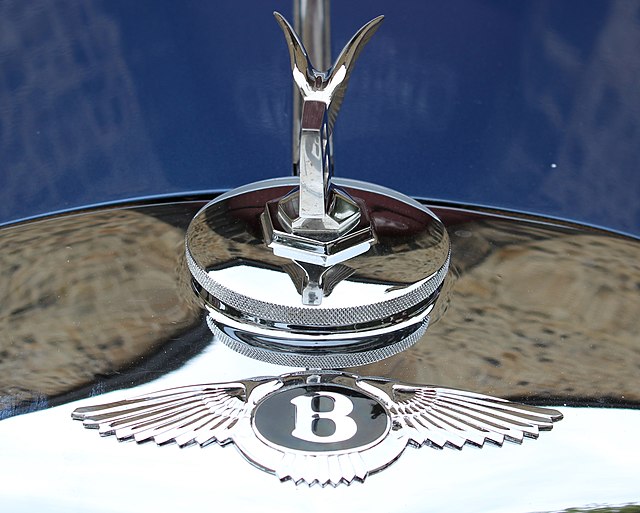
Bentley
When Bentley was created in 1919, founder WO Bentley commissioned his friend and famous pre-war automotive artist to create a symbol reflective of his company’s pursuit of speed and excellence. Thus, the Bentley Wings were born, combining the ‘B’ of the Bentley name with a pair of avian wings that represent speed and WO Bentley’s background as a designer of aviation engines. Interestingly, the Bentley logo was asymmetrical, with nine feathers on the left and ten on the right to prevent counterfeiting.
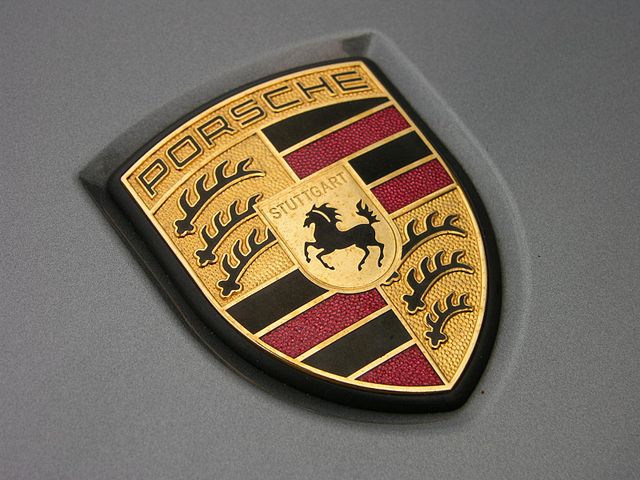
Porsche
Effectively unchanged since it was introduced in 1952, each Porsche crest is still painted and made by hand. The horse at the heart of the crest was taken from the coat of arms representing Porsche’s hometown of Stuttgart. The etymology of ‘Stuttgart’ comes from the Old High German word ‘Stoutengarten’, which translates as ‘stud garden’ or ‘stud farm’ in English.
The horse motif is set into the coat of arms of the former state of Württemberg-Hohenzollern, which merged with Württemberg-Baden in 1952 to become the modern Bundesland of Baden-Württemberg.
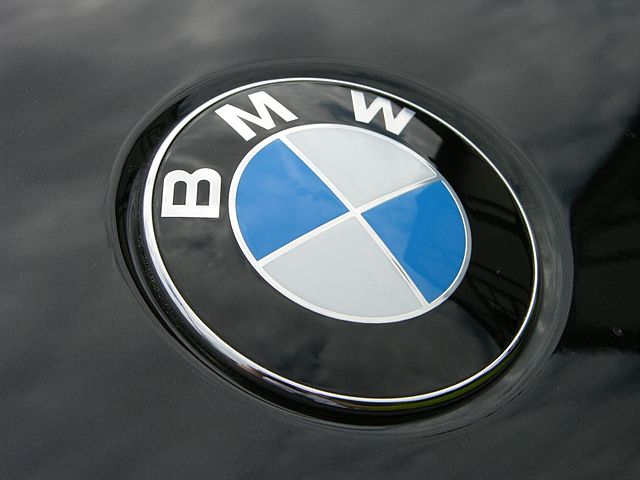
BMW
It’s an enduring myth that the blue and white quarters of the BMW roundel represent an aeroplane propeller in reference to the company’s aviation background. However, this rumour was likely spread by a famous 1929 advert that set the company’s roundel over the spinning propeller of a biplane.
The truth of the emblem’s origin is that it is an inverted representation of the colours of Bavaria – BMW’s home state. The German company’s famous roundel first appeared in 1917 as it emerged from the Rapp Motorenwerke firm.
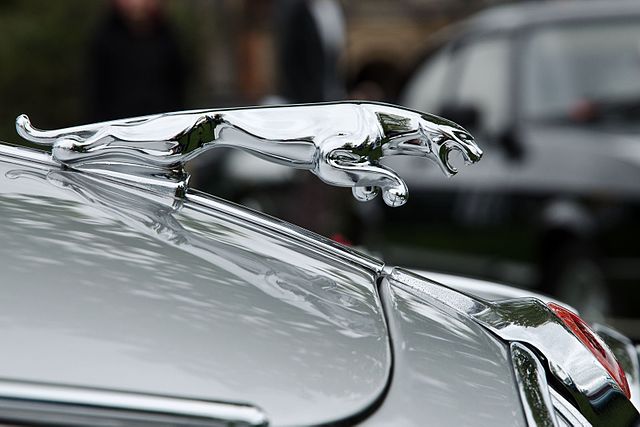
Jaguar
The Jaguar marque’s humble beginnings can be traced back to the Swallow Sidecar Company that was founded by Sir William Lyons and William Walmsley in 1922. The negative connotations of the ‘SS’ abbreviation meant the company became Jaguar in 1945 and adopted its famous Leaping Cat, or Leaper, symbol to represent the brand’s speed, sleekness and elegance.

